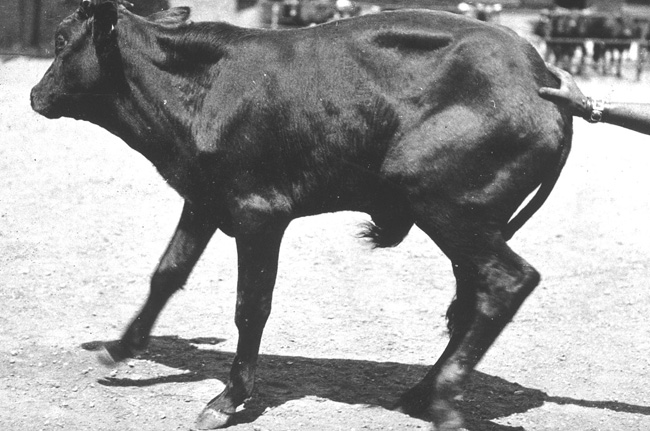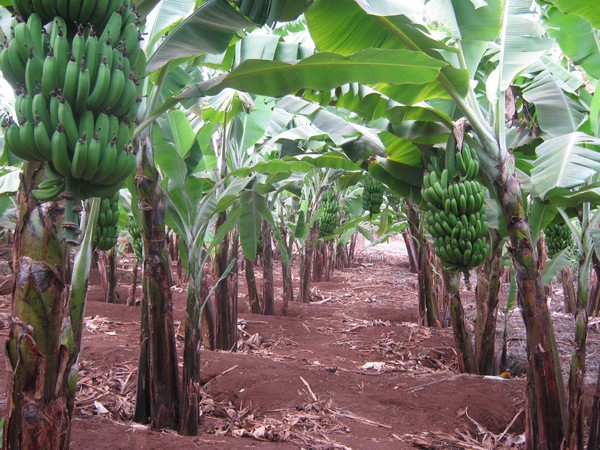Heart water is a disease of domestic animals such as cattle, sheep and goats with up to 90 per cent mortality rate if not treated.
The disease is transmitted by a parasite that’s transmitted by bont ticks as they move from one animal to another. These ticks usually found in the armpits, on the scrotum, the base of the thigh, in the cleft of the hooves and the belly.
Symptoms of the disease include nervous signs such as walking in circles, chewing movements, pressing head against objects, animal standing with front legs and in very acute cases the animal drops dead without showing signs of the disease.
In case the animal dies and the carcass opened there is a lot of fluid in the chest cavity, heart sac and the abdominal cavity hence the name heart water.
Up to 80 per cent of merino sheep may die for instance, but the mortality rate can be only six per cent in Persian or Afrikander sheep. Angora and Saanen goats are also very susceptible to heartwater, while Creole goats in Guadeloupe are resistant and farmers can keep this type to avoid losses.
To control this disease, thoroughly wet your animal with acaricides such dicofol (2.5ml per liter), spiromefisen (0.8ml per liter) or abamectin (0.8ml per liter) amongst others.
Related content
How to deal with mange disease in cattle
How to control deadly goat disease
KALRO develops vaccine to fight deadly cattle disease

A bull suffering from acute heart water disease. Courtesy
According to the Food and Agriculture Organization of the United Nations, the main livestock species in Kenya are cattle (18m), sheep (18m), goats 28m), three million pigs and 31m poultry.
The sector accounts for 13.4 per cent of the total agriculture value added averaging $3.1bn annually.
The Food and Agriculture Organization of the United Nations reports that cattle the most important source of meat in Kenya supplying about 80 per cent of Kenya’s meat with small scale farmers contributing roughly 72 per cent of the total production.
Last year, the number of cattle and calves slaughtered in slaughterhouses rose by 5.3 per cent from 2.46m in 2016 to 2.59m in 2017 according to the 2018 Economic Survey Report.
Write comment (0 Comments)
















